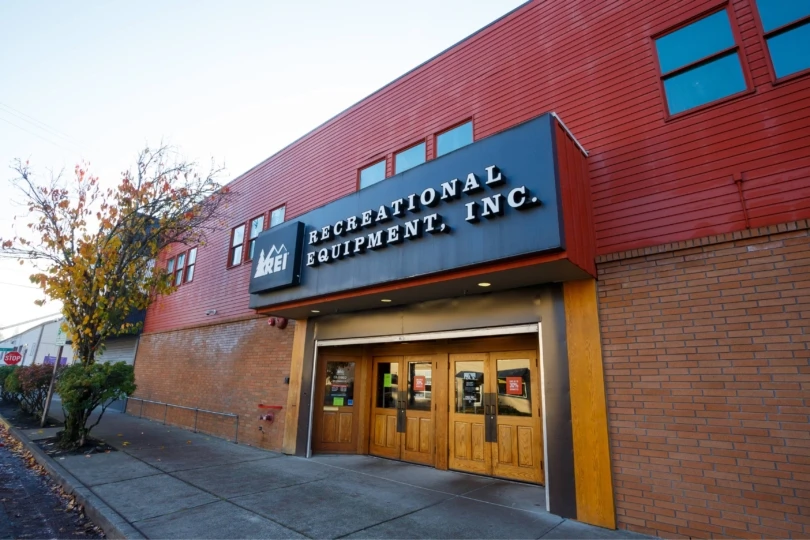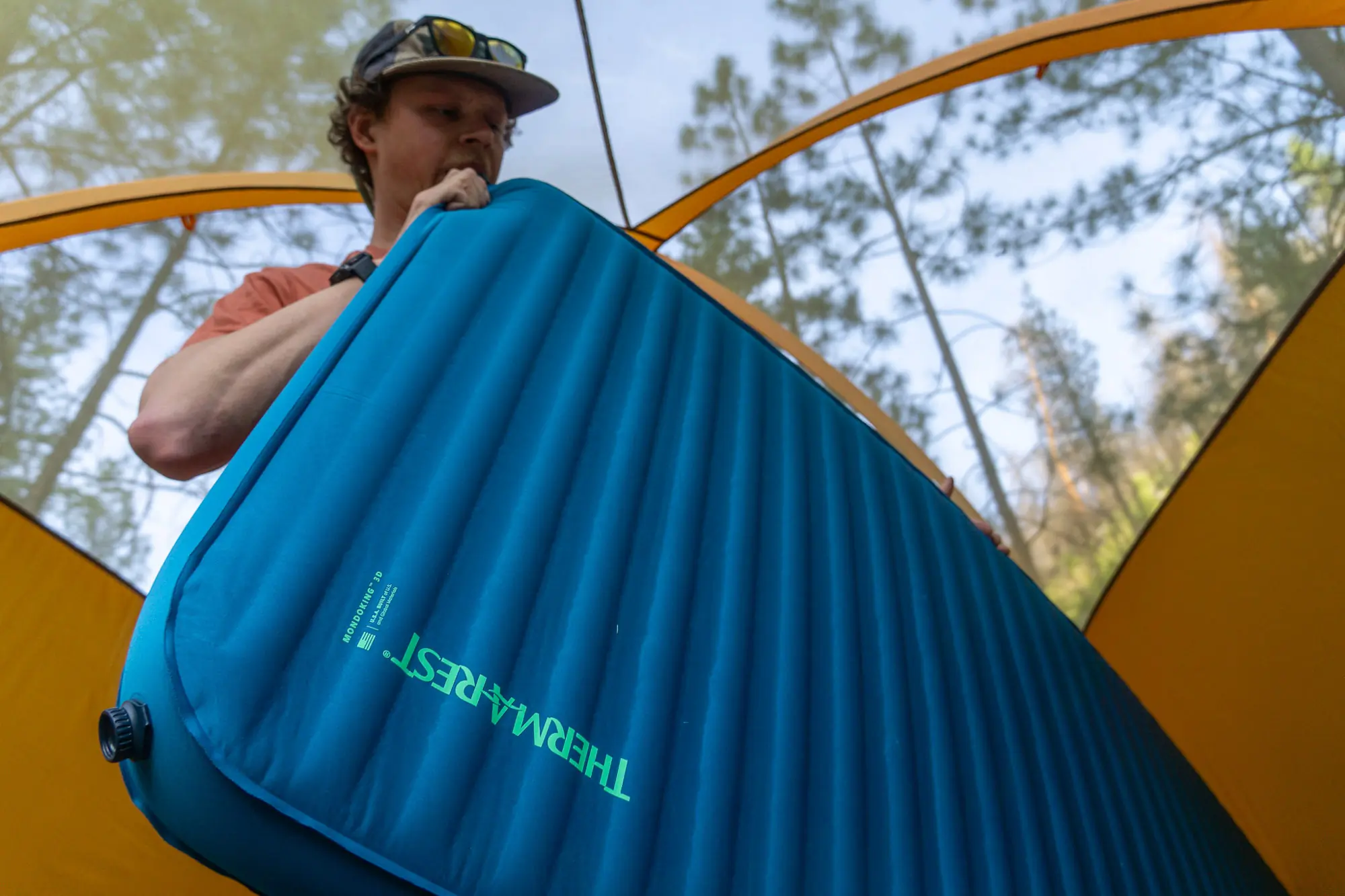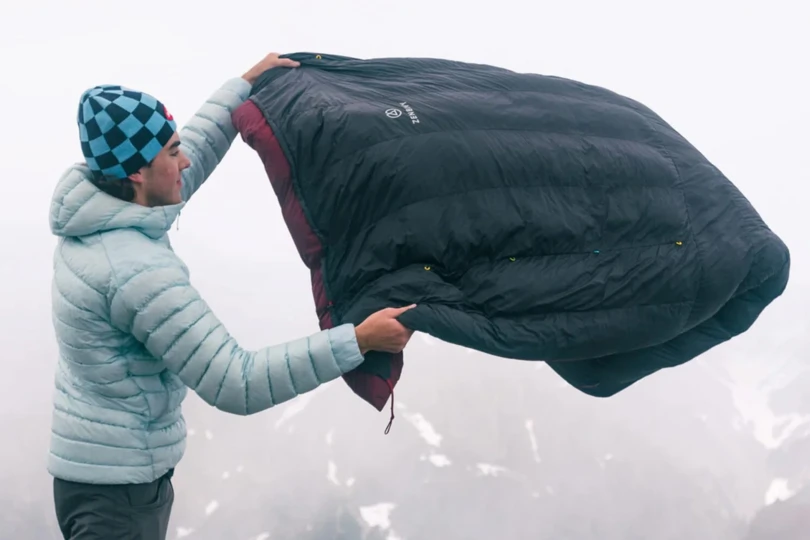We trekked for miles along some humid Midwest trails and spent a few weekends in the woods with a variety of mosquito-repellent options — some chemical, some physical. Here’s what we found.
Hiking in the woods is magical. Between the shade, the earthy damp, and the scents of the green tunnel, it’s easy to get lost in the tranquility of putting one foot in front of the other.
That is, until the buzzing of gnats and mosquitos shatters your moment of serenity. It’s an unfortunate reality that, in order to get out and enjoy the summertime in the forest, you’ll often have to deal with the insatiable assault of bloodsucking insects.
In an effort to find some relief this year, I’ve been testing out a wide variety of bug repellents. These have ranged from nets to misting devices, along with the familiar sprays and topical lotions.
After several weekends in the woods, I set about weighing the strengths and weaknesses of each. Below are several of the top options, along with their pros and cons.
Note: Most of the gear we tried can be found in a variety of forms from a variety of brands. What we tested can only be tested from what we found here, but may offer some good guidance to aid the type of repellent that best suits your needs.
How to Get Rid of Mosquitos on Your Summer Hikes
OFF Deep Woods Spray

Let’s start with the standby, good old OFF! ($15) Right now, staring at your phone, I bet you can conjure up its smell in your mind. The DEET used as its active ingredient has been popular for decades and is a proven deterrent to ticks as well as flying critters.
This has been my longtime choice for both hiking and camping, and it’s proven to be generally effective. Before hitting the trail, I generally apply a dose to my ankles in order to keep ticks from hitching a ride. In this way, I’ve managed to stay tick-free all summer.
Because of the aggressive smell, I generally wait until the mosquitos set in before applying the spray. It’s usually quite effective, but I’ll still take a hit here and there in spots that the mist didn’t reach. And unfortunately, it tends to wear off once you start to sweat.
Beyond applications to the skin, I’ve found that this is the best way to keep bugs off my hiking clothes. The bottle itself states that it’s safe to use on outer layers, helping me fend off mosquitos that try to poke through my sleeves.
Is it really good for the fabrics? Probably not. But I’m not wearing anything too nice into the woods anyway, so I don’t feel guilty about giving my shirt a spritz or two.
OFF! also sells this formula in wipe form, which takes up less space in your pack.
Pros:
- Effective
- Widely available
- Safe to use on outer layers of clothing
Cons:
- Smelly
- Washes away quickly with sweat
Best for: People looking for a cheap, quick application and don’t mind smelling like DEET.
Check Price at AmazonThermacell

Once the hiking day comes to a stop, another option comes into play. Thermacell offers several models of stationary mosquito repellents, utilizing a few different power sources. These range from the compact MR300’s butane cartridge to the USB-rechargeable EX90.
Other models were available, but these two saw the most testing due to their portable nature.
Now, you shouldn’t run these while moving. Thermacell does sell a belt clip for the MR300 (sold separately), but its internal heat sources make this a bad idea. But it proved to be an excellent option around the picnic table, the fire, or just loafing around the campsite.
As with all area-effect methods, bugs can still find their way in. I did get bitten here and there while the field was deployed, but the number of mosquitos dropped off significantly each time the EX90 was deployed.
Wind currents and area effects play a significant role in the deployment of its active ingredients, but the overall function was on par with a bank of citronella candles. As for durability, the EX90 tester the company sent along continued to function, even after I accidentally left it overnight in the rain.
Speaking of water, I did have concerns about the environmental effects of these units. Some sources have raised questions about their effective ingredients and their impact on aquatic life and pollinating insects.
But according to the company itself, “The US EPA and WHO have concluded that there is reasonable certainty that no harm will result to the environment from use of the product … In the meantime, we must recommend as best practice to run battery powered Thermacell repellers 10 feet away from a body of water and 7.5 feet away if you are using the Multi Insect repellent.”
So, exercise caution when enjoying their benefits outdoors.
Pros:
- Multiple options
- Effective performance
- Reasonable cost
Cons:
- Stationary-only systems
- Limited use around water
Best for: Campsite lounging and outdoor hangouts, and folks who prefer a high-tech approach.
Check E90 Price at AmazonCheck MR300 Price at Amazon
Sawyer Picaridin Lotion

For topical applications, I vastly preferred Sawyer’s Picaridin lotion ($9). Its thick, almost sunscreen-like texture stood up much longer under the sweaty conditions of multihour hikes.
Rubbing it in takes a bit longer than hitting yourself with a spray, but it makes up for it with superior resistance. Plus, the OFF’s mister sometimes leaves gaps in your protection; slathering yourself with this stuff makes it much easier to tell if you’ve neglected a spot.
And once it’s on, this stuff proved all but bulletproof. I’ve watched mosquitos buzz around my arms, looking for a place to land. But while I enjoy its relative lack of scent, there’s something in it that almost completely drives the buggers away.
Instead, they started to seek out the tiny gaps in my sleeves. And that brings me to the main downside: It can’t be used on clothes. Indeed, the bottle itself says to keep the ointment away from your fabrics.
So, while Picaridin is my top choice for skin, you’ll probably need some supplemental protection everywhere else.
Pros:
- Nearly scent-free
- Long-lasting
- Easy on skin
Cons:
- Not for use on clothing
Best for: Sweaty outdoor pursuits that involve baring lots of skin.
Check Price at REICheck Price at Amazon
Coghlan’s Mosquito Head Net

I don’t care how goofy it looks, this little net ($5) is a lifesaver. Not only did it keep out the mosquitos, but it fended off deer flies and those annoying little gnats that buzz around your ears and face despite the application of bug spray.
I spent hours hiking with this net over my head, and not once did a mosquito find its way onto my head or neck. Used in conjunction with the Picaridin, this turned out to be my favorite hiking combination.
Its mesh is breathable enough to keep you from suffocating and visibility is good, if sometimes hindered by a seam. I also enjoy the little stuff-sack that came with it.
Best of all, these are available almost everywhere. Just look for that special corner of your local gear shop or outfitter where they stash the displays of various Coghlan’s gadgets. You know the ones — green packages, sometimes kitschy, usually cheaper than a protein bar.
Heck, they even offer pants and jackets if you really want to gear up.
But remember that these are cheap, and the material probably won’t last you for more than a couple of hikes.
Pros:
- Widely available
- Compact size
- Cheap and chemical-free
Cons:
- Not terribly durable
- Seams can inhibit visibility
Best for: Folks who want a cheap, chemical-free option and already own a favorite hat.
Check Price at AmazonCheck Price at Scheels
Jack Wolfskin Lakeside Hat

If you’re seeking an upgrade to the Coghlan’s, look no further than the Lakeside Hat ($55) from Jack Wolfskin. This was a late arrival to these tests, so it saw limited head-to-head comparison. However, on some shorter hikes around my home base, it proved to be an invaluable piece of gear.
The breathability was slightly better than the Coghlans, and it did just as well at keeping mosquitos and small flies away from my face.
The bug net itself is finer than that on the cheaper nets, and there’s a significant increase in visibility. The lack of seams in front of my eyes in particular was a welcome sight.
In addition to this, the hat itself is rated as “Mosquito Proof.” It also claims to block out UVA/UVB rays, which allows me to cut down on applications of sunscreen.
While its testing period was shorter than the options listed above, this might be my new favorite way of keeping the bugs from my head. And no, I don’t care if it makes me look silly.
Pros:
- Sun protection
- Lightweight
- Great visibility
Cons:
- Higher price of entry
- Not exactly fashionable
- No coverage below head/neck
Best for: Anyone who cares more about getting rid of bugs than they do about outdoor fashion.
Check Price at AmazonCheck Price at Jack Wolfskin
Conclusion
However you choose to enjoy the woods, each of the options above has something to offer in the way of working the bugs from your next trip.
There are other methods, including the old green candles and even insect-repellent clothing. But for portable, easily attainable means of ensuring your next hike is more or less bite-free, the items above should prove an invaluable resource.








